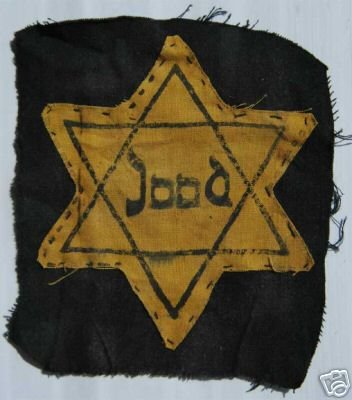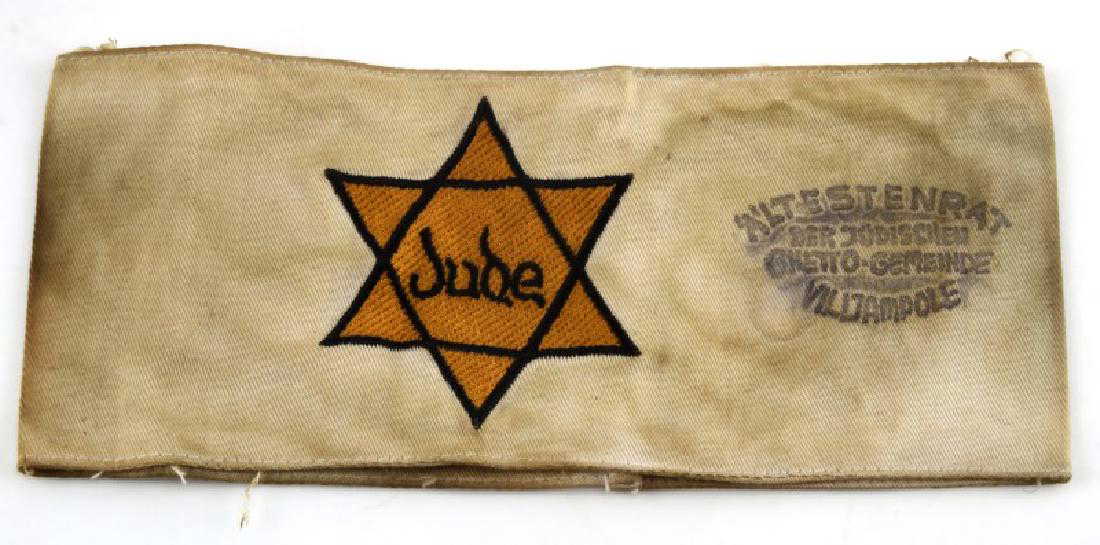The purpose of booklets is to provide information on single important issues associated with the Holocaust. Each category the list of booklets which you may print and use.
The following is a list of topics discussed in these documents:
There is more to the Holocaust than the death of six million Jews
The purpose of booklets is to provide information on single important issues associated with the Holocaust. Each category the list of booklets which you may print and use.
The following is a list of topics discussed in these documents:
Single issue booklets that answer specific questions
The purpose of booklets is to provide information on single important issues associated with the Holocaust. Each category the list of booklets which you may print and use.
An honorific used by the State of Israel to describe non-Jews who risked their lives during the Holocaust to save Jews from extermination by the Nazis for altruistic reasons. As of 1 January 2021, the award has been made to 27,921 people. This Yad Vashem highlights that the table is not representative of the effort or proportion of Jews saved per country, and notes that these numbers “are not necessarily an indication of the actual number of rescuers in each country but reflect the cases that were made available to Yad Vashem.
Below is a partial list.
| Country | Number of awards | Notable recipients |
| 7,177 | Jan Karski, Maria Kotarba, Irena Sendler, Irena Adamowicz | |
| 5,910 | Frits Philips, Jan Zwartendijk | |
| 4,150 | Anne Beaumanoir, Jeanne Brousse | |
| 2,673 | Klymentiy Sheptytsky | |
| 1,774 | Queen Elisabeth of Belgium | |
| 918 | Ona Šimaitė | |
| 876 | Endre Szervánszky, Sára Salkaházi | |
| 744 | Giorgio Perlasca, Gino Bartali, Giuseppe Girotti, Odoardo Focherini | |
| 676 | ||
| 641 | Oskar Schindler, Wilm Hosenfeld, Hans von Dohnanyi, Bernhard Lichtenberg |
A complete list can be found at this Wikipedia article.
The following questions are answered by the booklets. There may not be a one-to-one correspondence to the titles of the booklets, however we believe that the user will have no trouble connecting the questions to the answers.
Due to the timely considerations of re-signing the Iran Deal by the Biden administration. We provide an expanded critique by the New York Times and the Jewish Journal in The Opinion Book Volume 2 which deals with a wide panoramic view of the Middle East. We urge the reader who is interested to access the Holocausts Wars Opinions and Critiques Volume 2.
Although the author’s critiques were generated several years ago they are still valid.
This is a selection of the badges that Jews were required to wear. Some were sewn onto clothing, others were worn as armbands. The words were the local languages.

